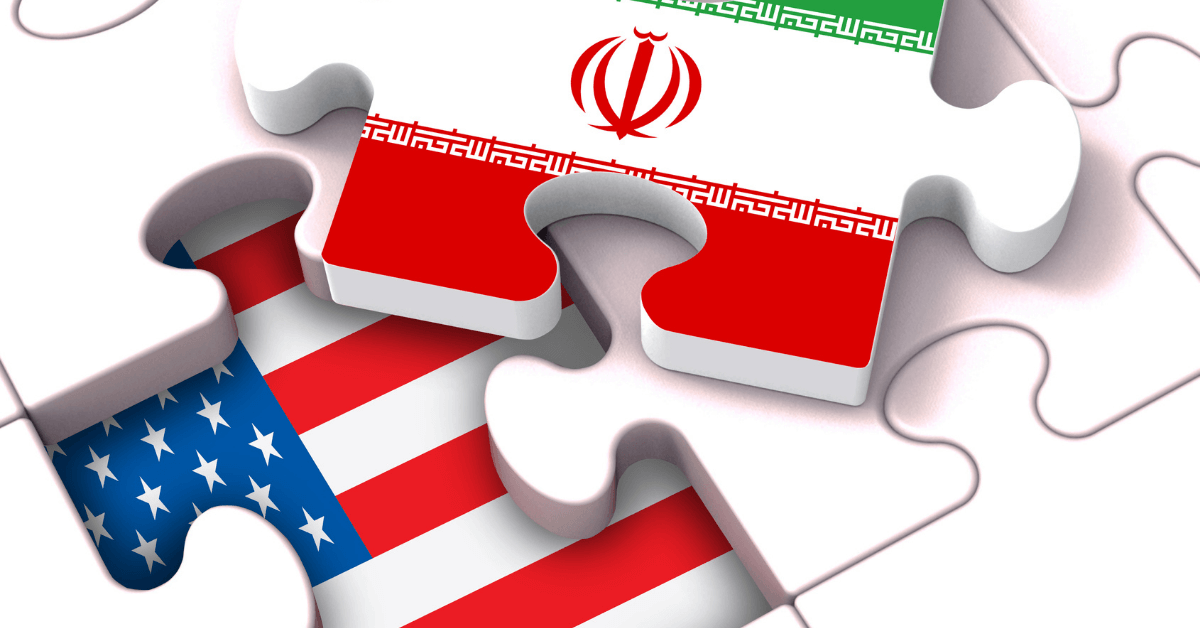Iran-US tensions have significantly increased with the death of Iranian general Qassem Soleimani in Iraq. His death is most likely a response to increased Shia-dominated protests and attacks outside of the US embassy in Iraq, which were themselves triggered by the US strikes on Kata’ib Hezbollah (part of the Iran-backed Popular Mobilization Forces) in Iraq and Syria. Iran has promised to avenge Soleimani’s killing and raised uranium enrichment to beyond nuclear deal limits. Instability has continued, with rockets falling on the US embassy in Baghdad, and the US deploying additional troops to Kuwait. Executives must evaluate the exposure of their business to heightened tensions through both dampened customer confidence as well as physical security risks and prepare contingency plans.
How will Iran-US tensions play out?
Iran and the US would like to avoid a direct war, and ultimately seek to agree on a nuclear deal that allows the US and the world to continue monitoring Iran’s nuclear activities and Iran to begin transacting internationally. This would become possible if the Iranian regime can showcase a victory domestically by having pushed out US troops from Iraq and securing the ability to begin international transactions, and see improvements to its economy which has been crippled by US sanctions. In the meantime, Iran would likely aim to implement symbolic (but not escalating) attacks on US targets across the region to save face, maintain pressure on the US and negotiating power about the nuclear deal.
The Trump regime can also showcase a victory domestically by having eradicated a key Iranian figure responsible for the country’s proxy activity in the region, bringing US troops back home and securing a better nuclear deal from Iran. However, this is unlikely to occur in the short term, and in the meantime, instability and tensions will remain high in the MENA region, as US and Iran continue tit-for-tat military, cyber, and political activity against each other.
What are the immediate implications?
Executives can expect instability to increase in the MENA region through:
- Higher oil prices
- Increased instability in Iraq
- Dampened consumer and business confidence in the GCC
- Potential for shift in political dynamics within Iran
What does a downside scenario look like?
Beyond the ongoing situation of high tensions and tit for tat moves across the MENA region, numerous events can occur that further escalate the tensions and raise insecurity in the region.
- More frequent US strikes into Iraq. This is highly likely to occur if more US locations are targeted by Shia militias in the country.
- US surgical attacks into Iran
- Iran could also directly – or in conjunction with regional proxies – seek to disrupt oil production in the region or shipment by tankers through Bab el-Mandeb and the Strait of Hormuz.
- Israel attacking Iranian affiliated targets in Lebanon, potentially Syria and or Iraq
What should executives do?
- Expect dampened consumer and business confidence in the short term across the key implicated countries
- Don’t assume higher government spending for oil exporters due to the recent uptick in oil prices unless they prove to be long-lasting into mid-2020
- Evaluate exposure to supply chain disruptions, and prepare contingency plans for where there are high levels of exposure
- Evaluate security risk of personnel not only with regards to whether your company is American or could be a target, but whether offices or supply chains are close to or exposed to US targets across the region
FrontierView’s Middle East & North Africa team is at the forefront of key trends around Iran-US tensions impacting the region. Our goal is to work with clients to deliver tailored growth solutions to support your critical business decisions and growth strategies. How can we help you deliver better outcomes for your business? Contact us here to connect with a team member to get started.

